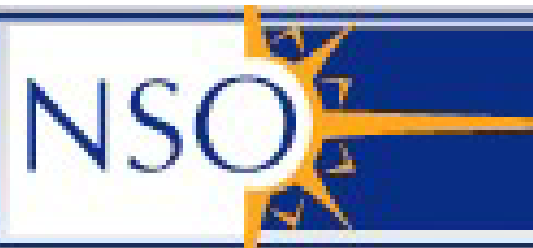Poster Abstracts
Name/Affiliation: Karla Peña Ramírez, María Rosa Zapatero Osorio, Victor Béjar (Pontificia Universidad Católica de Chile)
Title:
Status of known T-type objects towards the Sigma Orionis cluster.
Abstract:
The complete characterization of the lowest mass candidate members in a star forming region is crutial to derive a relaible mass function. In the line of sight of the Sigma Orionis cluster it has been identified three T type sources that at the age and cluster distance would be some of the lowest cluster mass members. By assesing (or not) their cluster membership, the planetary mass bin of the cluster mass function can provide us key insights about the opacity limit by fragmentation in star forming regions being these sources benchmark dwarfs with low surface gravities and planetary masses. We have obtained J band spectroscopic (ISAAC/VLT) data for candidate SOriJ053804.65-021352.5 and used public HST spectroscopic data (1.08-1.70 um) for SOri70 and SOri73 candidates. We have used methane imaging (LIRIS/WHT) of SOri70, SOri73 and SOriJ053804.65-021352.5 and we have conducted an astrometric analysis of the three T type dwarfs. We have estimated that SOriJ053804.65-021352.5 has a spectral type of T5(0.5) from its near infrared spectra and methane filters. The KI doublet (~1.25 um) in its spectrum, as well as its infrared and methane colors, are similar to the ones from field dwarfs of the same spectral type. Our results from methane imaging for Sori70 and Sori73 are consistent with their known photometric and spectroscopic data. We have analyzed the proper motion of the three T type sources finding that their proper motion values are 2.8-9.7 sigma away from the canonical Sigma Orionis motion. The magnitudes, spectral types and astrometric measurements of the three T type dwarfs in the line of sight of the Sigma Orionis cluster are incompatible with their simultaneous cluster membership. The current panorama of the T type sources that have been identified towards the cluster seems to reinforce an apparent lack of T type members indicating that either the cluster substellar mass function may has a turnover at around 4Mjup, cluster T type objects are fainter than predicted by theoretical models or the search and identification of cluster T type dwarfs based on the photometric properties of field T type dwarfs requires a revision in the different star forming regions.




